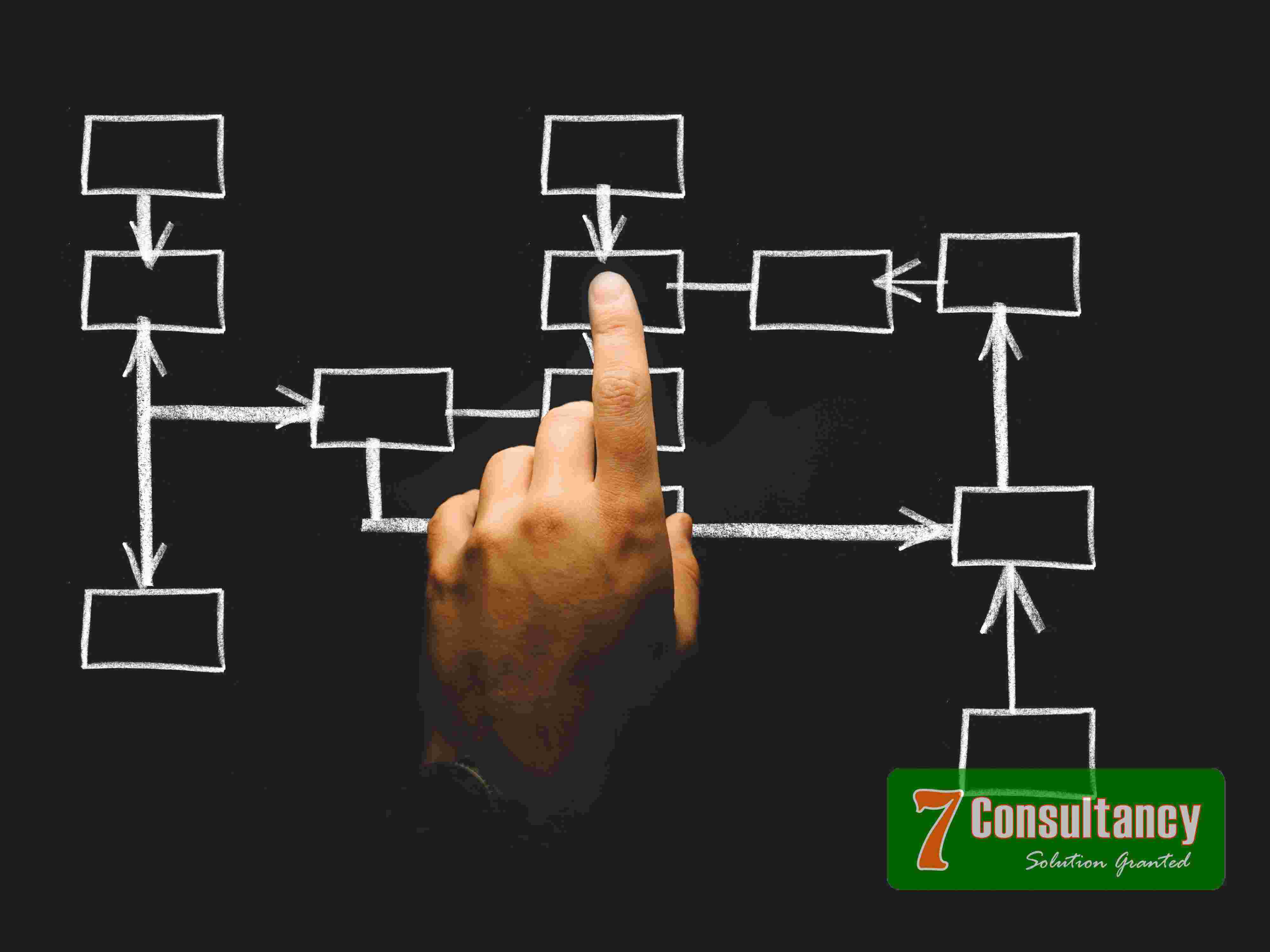Human Resource Management Strategy Best Practices
Posted on: April 20 2019, By : Shubham Naskar

A human Resource Strategy forms the basis of everything you do in HR, be it a large corporate or a smaller enterprise. Strategy formation in Human Resource is a business plan for managing its human capital to align it with its business activities. It sets the direction for all the key areas of HR, like hiring, performance appraisal, development and compensation etc.
The HR strategy is a long term plan. It dictates HR practices throughout the organization. The strategies has a set of characteristics
- Requires analysis of the organization and the external environment
- Takes long time to implement
- Shapes the character and direction of Human Resource Management activities
- Help in the deployment and allocation of organization resources like money, time, personnel etc.
- Revised on a yearly basis
- Incorporates expert judgment of senior management
- It is number driven
- Results in specific behavior
To create a Human resource strategy we use model. One of the useful models is the standard casual model. This model shows where HR strategy originates from and how it influences HR execution and business performance. The model tells that the HR strategy is a result of the broader business strategy. Also it shows that HR activities create value when they are aligned with organization’s goals and what it is trying to achieve. When there is a fit between the strategy and the goals, the HR will contribute to the performance of the organization. HR consultancy in Mumbai provides the strategic planning for organization in different domains.
Any HR business strategy is formulated on basis of the past and the present of the organization’s performance or activities. One has to review what the company has been doing in the past and its current capabilities. One of the commonly used tool to arrive at this strategy is the SWOT analysis. In this, the organization’s internal strength, weakness, threats and opportunities are mapped. Manpower agency in India prepares required analysis according to the need of the company.
The strategy setting results in the company’s value proposition. For example, the value proposition of Walmart is, “everyday low prices”. This itself involves a number of internal HR practices, especially the ones related to worker compensation. HR training in Mumbai helps in imparting the practice of strategy formulation.
Another result of the HR strategy is often an HR mission statement. It focuses on the creation of an environment for different groups. This makes it easier to make decision and starts initiatives regarding HR’s involvement in different projects. HR courses in Mumbai help in understanding of the mission & vision of the human resource management.
While creating and implementing an HR strategy, certain best practices can be used:
HR professionals should know the strategy and at least to some extent be involved in its creation. A strategy will only be effective if it is clearly communicated. Check placement consultancy in Mumbai to check the best fit model used in the industry.
1. Management buy in and HR budget are critical enablers of strategy execution. An HR strategy cannot be realized in isolation.
2. HR practices and initiatives should be aligned with the HR strategy and follow it.
3. The idea of compensation is a s old as HR itself, hence performance incentives should be directly connected with the execution of the strategy.
4. Strategies will never be effective without consistent implementation and monitoring of results. Hence strategies should be monitored through KPI (key performance indicators) or other metrics that measure strategic goals.
5. A strategy is by definition is a long term plan and execution model. It is also subjected to change. A strategy can be, and sometimes should be adapted to better fit the external environment.
One should understand that, creating an HR strategy takes time. Executing the strategy also takes time, but when your strategy is well defined, it can create a tremendous benefit by aligning HR’s activities with the goals of the organization.Share this:


